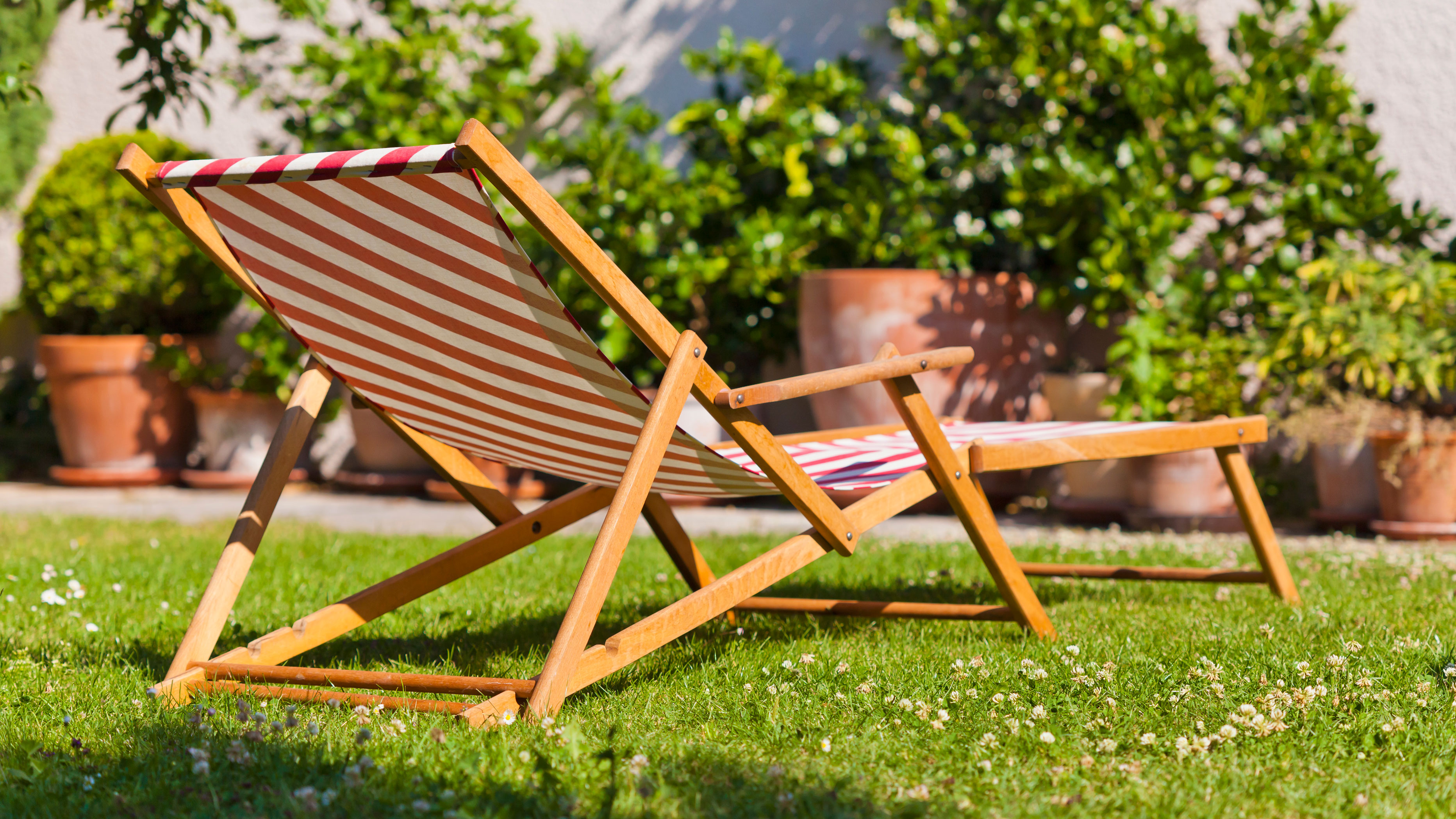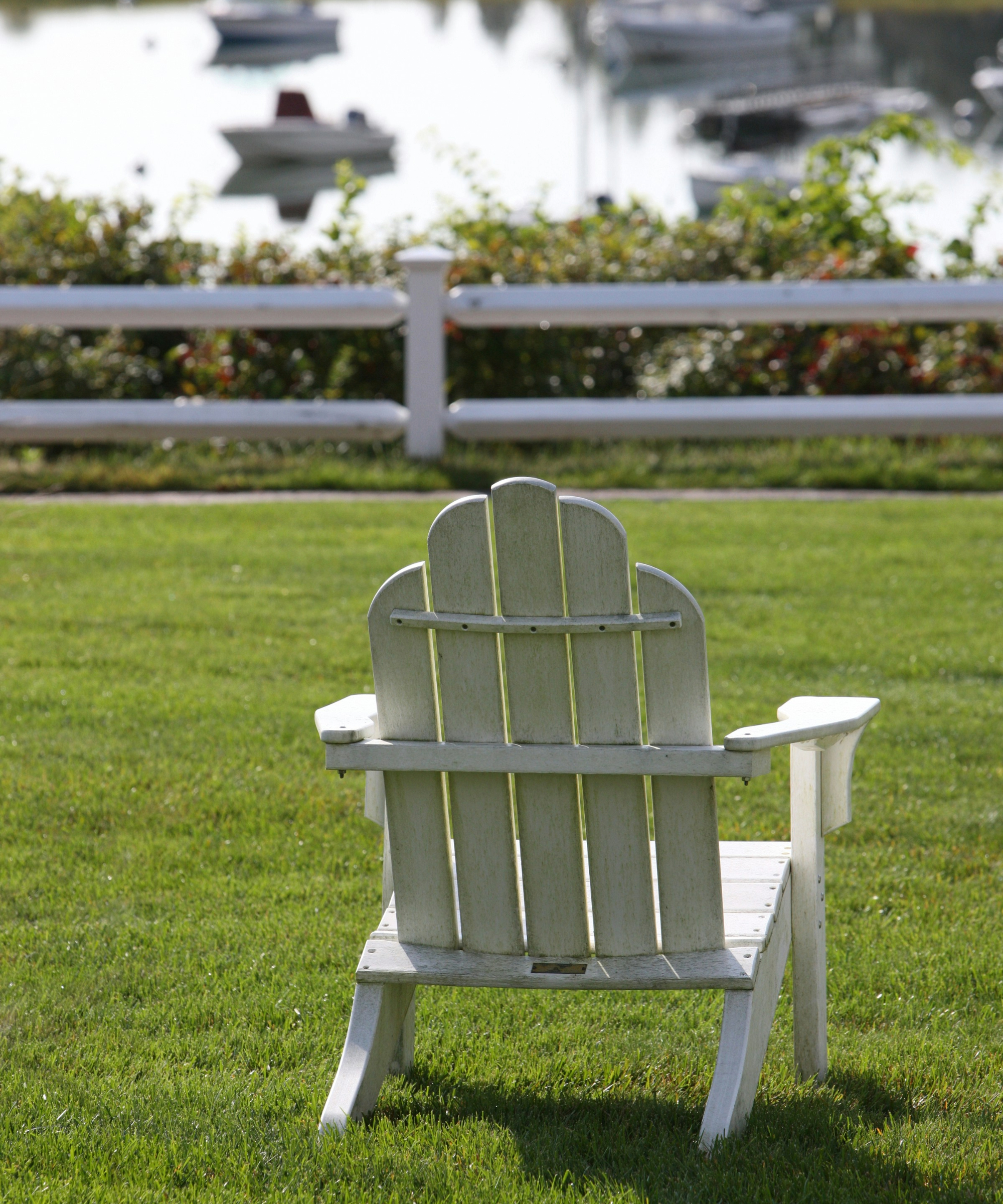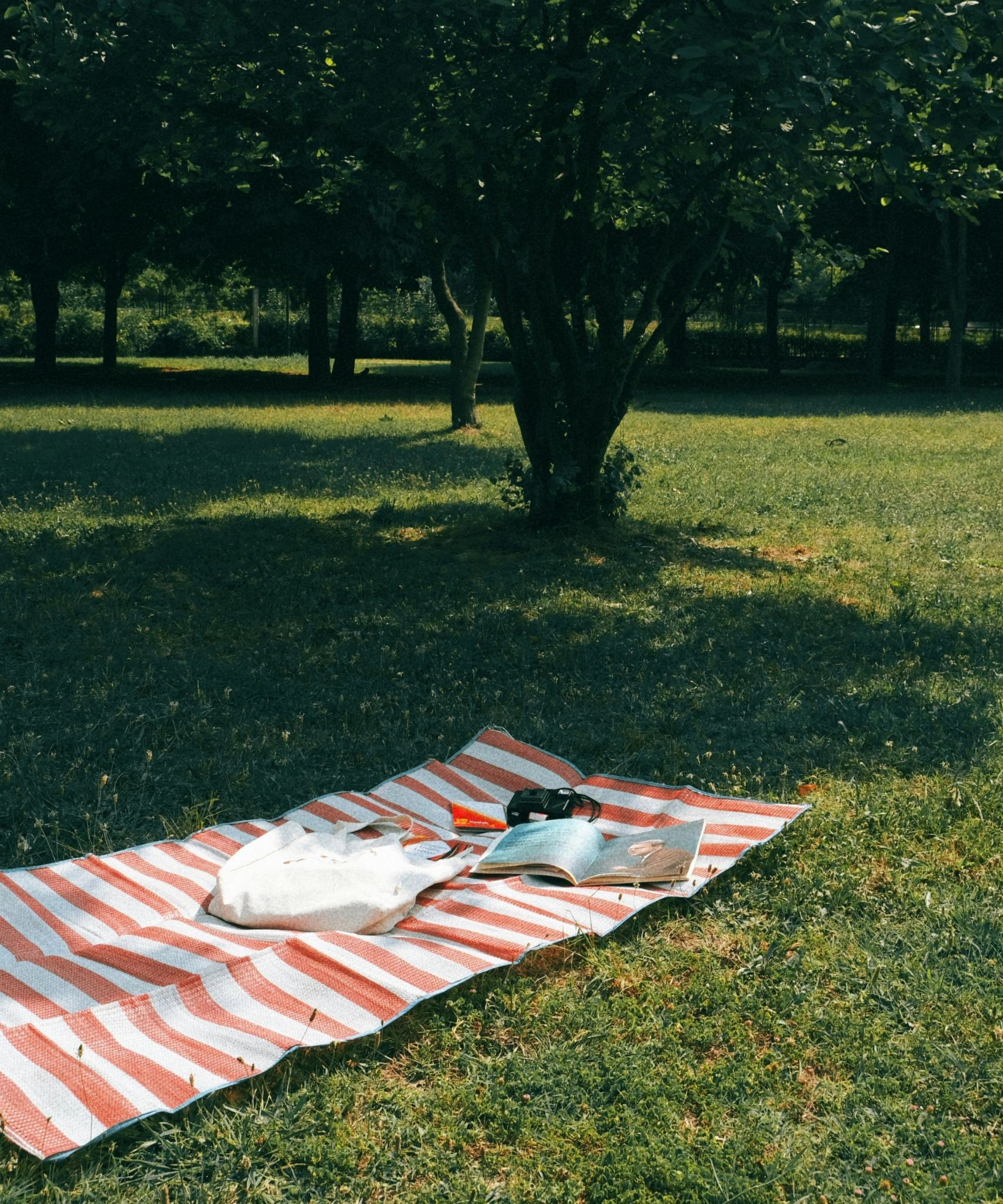
Sitting under a gorgeous sky, basking in the warmth of the sun on the best outdoor furniture is an easy dream to achieve from the comfort of your own yard. Just unfold your lawn chair, pick your favorite spot, and get comfortable. No need to keep track of time, just relax!
Relax, that is, until you realize that your hours of respite have resulted in notable chair-leg dents in your lawn. So much for taking the day off.
If you’re tired of your lawn becoming home to an increasing amount of dents, or tired of trying to use the same dented spot to prevent more dents from occurring, you’ve come to the right place. We talked to professionals in lawn care to understand the causes and solutions to your chair-dent dilemma. Here’s what they had to say.
1. Opt for chairs with wider legs

A common outdoor furniture mistake is when people opt for cheap lawn chairs with thin, pointy legs. The pointier and thinner the legs are on your lawn chair, the easier they will insert into the ground. Think about it, in comparison to a chair with wider legs, how are thin chair legs going to best distribute the weight of a person on a chair for a long period of time? The answer is, they simply can’t.
‘Generally folding chairs are a big no-no for lawn sitting,’ says Andrew Hoover, Operations Intern at Lawnhiro. ‘Their inability to distribute the sitters’ weight will make folding chairs, or any chair with a thin, round point on the legs, a red flag.’
Andrew continues: ‘Instead, use chairs whose feet have as much surface area as possible, maximizing their contact area with the ground and minimizing potential dents in your lawn.’
2. Choose lightweight furniture

The weight of a person on a chair is the main cause of lawn dents, as someone sitting on a chair causes the chair's legs to push into the ground. However, if your chair itself is also heavy, you’re not going to be helping the chances of your lawn at all.
‘At the end of the day, the dents in your lawn are due to a human and chair interacting with the Earth through gravitational forces,’ says Andrew. ‘To lessen the effect of gravity, lessen the mass of the objects at work.’
Opting for wooden outdoor furniture is a great lightweight alternative to a heavier, metal chair. Plus, it’s environmentally friendly!
3. Move your chair’s position regularly

Against what you may have previously thought, keeping your chair in the same spot to stop dents from spreading around your yard is not the best approach. By ensuring your lawn chair is in the exact same place, you will only cause the dents in that area to get progressively worse, which is a harder problem to deal with than multiple more shallow dents around the yard.
‘If you do not want to invest in lawn chairs with wide bases, and you’re stuck with denting-prone lawn furniture, I recommend moving them after each use,’ says Andrew. ‘Maybe, in a way, this can help you aerate your lawn for free!’
Aerating a lawn is important and one of the many ways to ensure that your yard's soil quality remains in top form.
4. Invest in a chair mat or chair pad

As the name suggests, a chair mat or chair pad is an additional piece of furniture that sits underneath your chair. Although these mats may offer a great, quick-fix solution to your lawn-denting problem by creating a cushion between your chair’s legs and the ground, the mat itself is prone to killing the grass underneath as it will be blocking away the sunlight.
‘A chair mat or pad may not be a pretty, aesthetic choice because they tend to kill the grass beneath, says Andrew. ‘But if this is not an issue, they are a great way to prevent lawn dents.’
You may be better off investing in smaller pads to rest under each leg of your chair if possible to prevent as much grass from dying, or just making sure to take the mat out from underneath your chair when the chair is not in use.
FAQs
How do I remove dents from my lawn?
Andrew offers a concise solution to remedying your lawn chair dents: ‘The dents in your lawn are composed of tightly packed soil and grass (dead and alive). To remedy this, you must remove the biomass and loosen up the area. Get a screwdriver and stick it into the affected area, loosing up the grass. Pull out the dead and alive grass from the dent hole, then, add topsoil until you level your lawn to match the soil surrounding it. Finish off the area by sprinkling in some grass seed, and water.’







